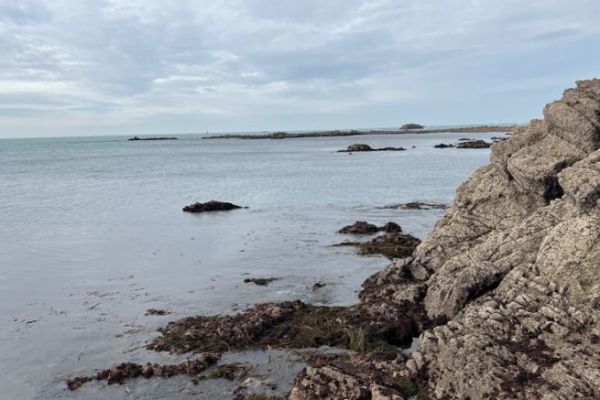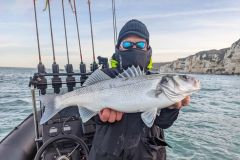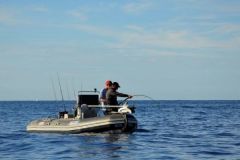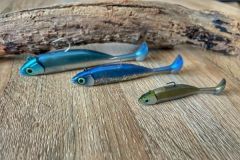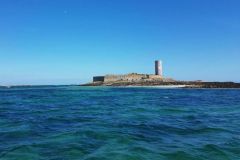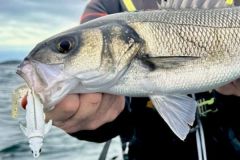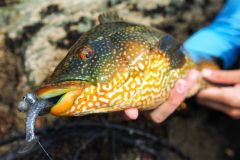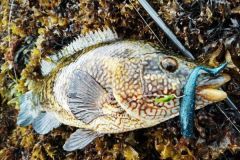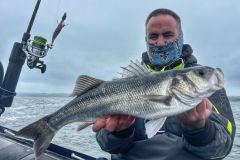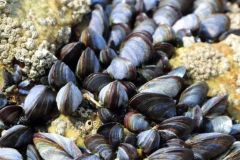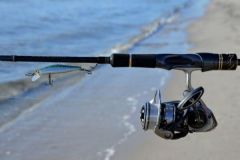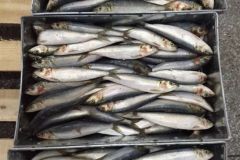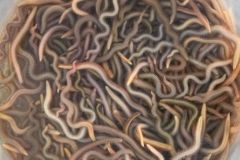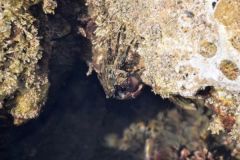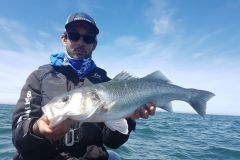Understanding water level
Depending on when you arrive at the fishing spot, the water level will vary. Not all areas will be accessible.
At high tide, you'll fish only the upper part of the spot, whereas at low tide, you'll fish the lower part.
The tidal range, i.e. the difference in water level between high and low water, is also important. The higher the coefficient, the greater the difference.
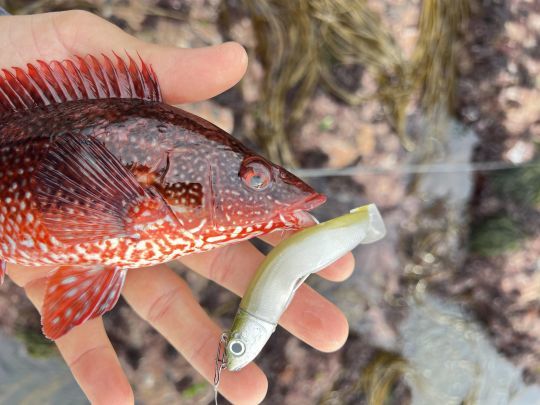
Bear in mind, therefore, that depending on the tide coefficient and time of day, you will need to fish differently in any given spot.
Recognize the spot beforehand
Take advantage of a low tide at high coefficients to come and spot a spot. You'll discover it in its entirety.
Try to spot the different bottom types and areas where kelp is present. These large brown seaweeds are appreciated by predatory fish looking to lie in wait.
Identify the pools present at low tide. These are home to flora and fauna that attract predatory fish. In a way, they constitute a larder which, once covered by the rising tide, will be available for fish to feed on.
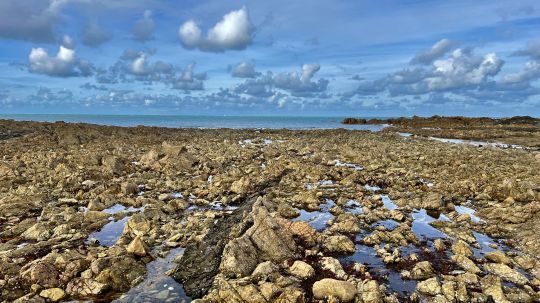
The upper part is usually riprap or sand if it's a beach. Interesting part to fish, but with nothing to keep the fish. Most of the fish will be passing through.
A better time than the others?
It's hard to give a definitive answer to this question. On a personal note, however, I have found that the best times to fish are in the "garde manger" sectors, where favorite prey such as shrimps, crabs and other small fish remain in the pools when the sea recedes. Whether on the incoming or outgoing tide, this moment of the tide remains prolific.
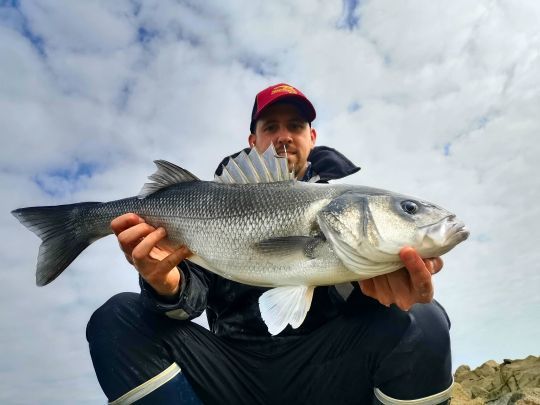
Thanks to upstream scouting, I note the time at which the area is passable, and then check the water level on a tide gauge (available online at Marée.Info).
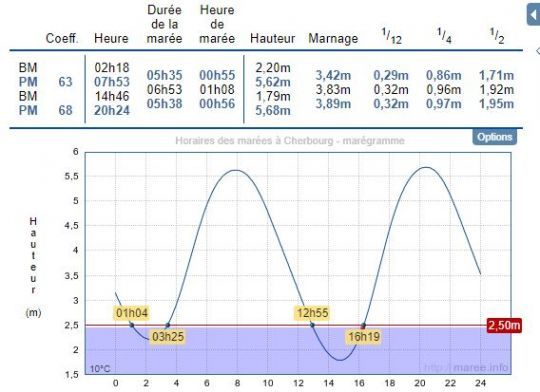
This allows me to come at the right time the next time.
